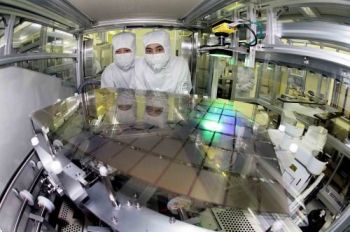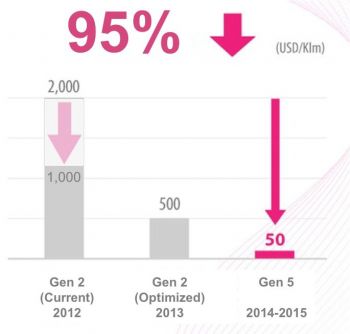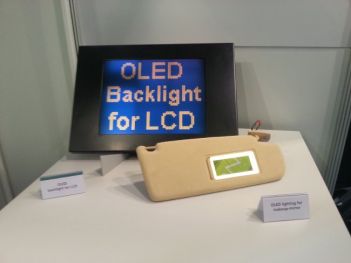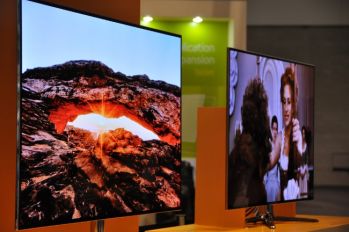Colnatec announces a new OLED deposition sensor, will dramatically change the economics of OLED manufacturing
Colnatec say that they have developed the world's first ultra-high flux OLED deposition sensor for high-speed, continuous run manufacturing. Colnatec already demonstrated this new sensor at a respected research lab. This system registers milligram-per-second rates over one million times the current quartz crystal microbalance limit.
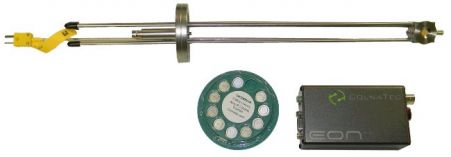 Colnatec Tempe sensor system
Colnatec Tempe sensor system
Colnatec says that this new sensor promises to dramatically change the economics of OLED thin film manufacturing - as OLED makers will be able to maintain continuous runs over extended periods of time - which will result in higher yields and decreased operating costs. Without this new sensor, manufacturers had to contend with reading fast at slow deposition rates or coating fast with no deposition measurement, resulting in lower total yield.


